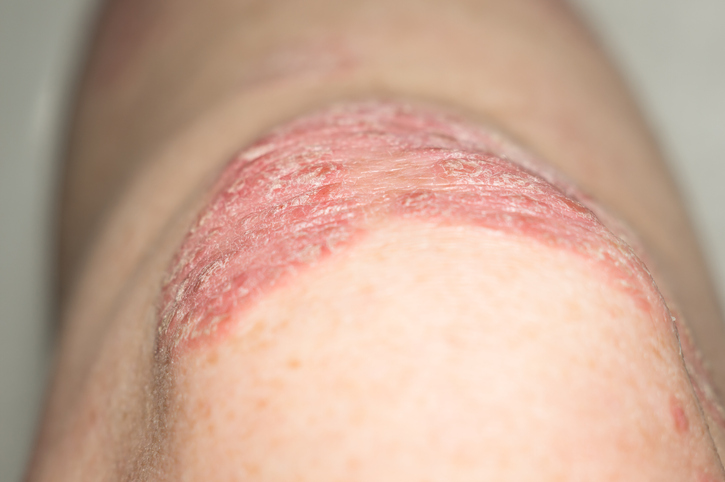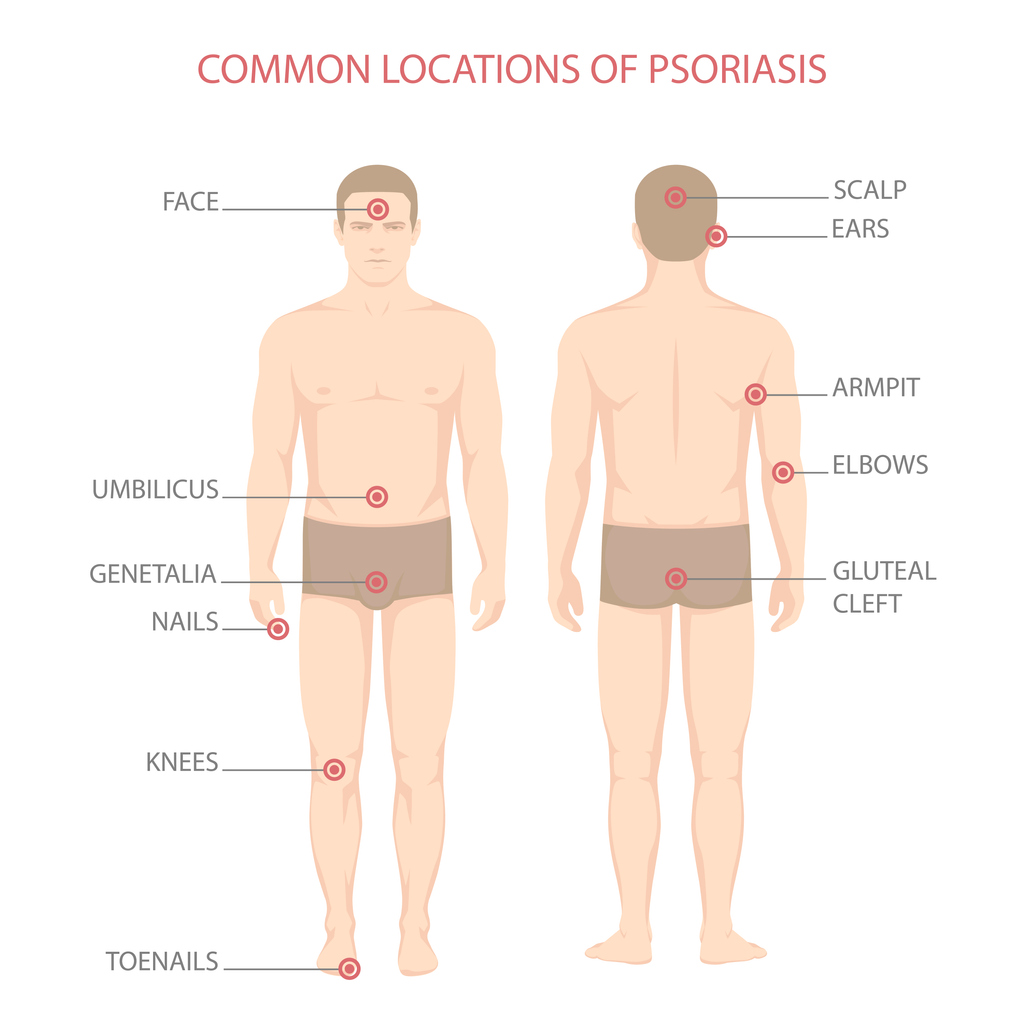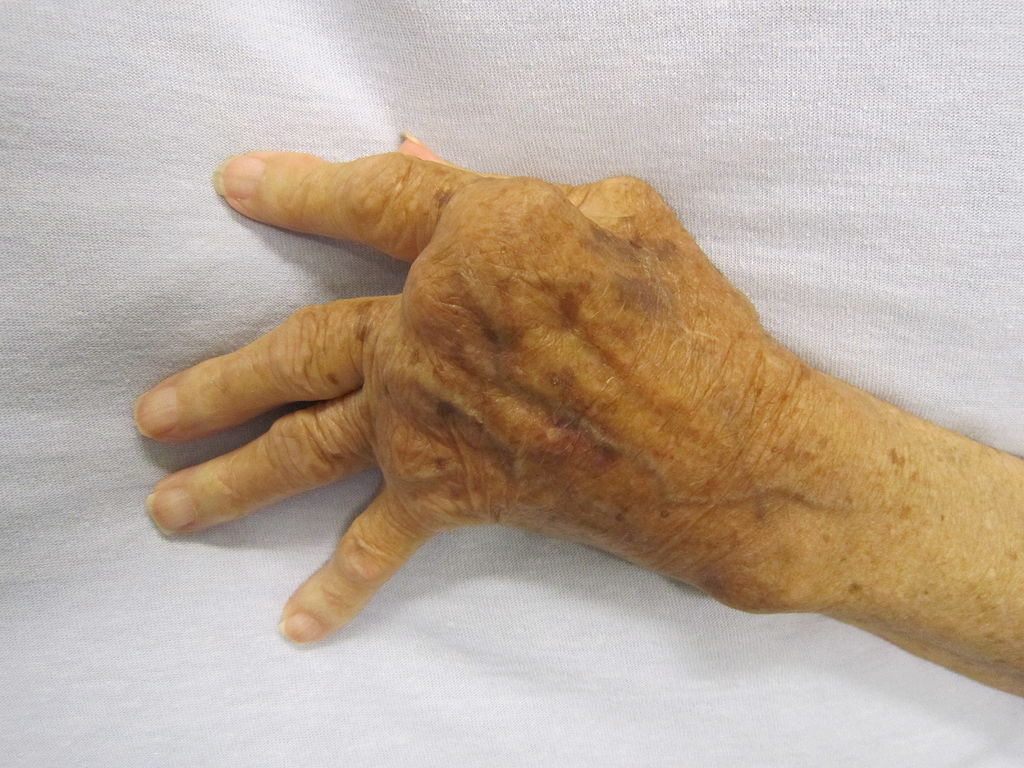Pain
Diagnosing Psoriatic Arthritis (PsA)

What is psoriatic arthritis?
Psoriatic arthritis (PsA) is a form of inflammatory arthritis that can occur with the skin condition psoriasis, a condition that causes red, itchy patches and silvery scales on the skin and scalp. PsA is a combination of the joint problems of arthritis and the skin issues of psoriasis. With PsA, the immune system mistakenly attacks healthy cells in the joints and causes overproduction of skin cells.
How is psoriatic arthritis diagnosed?
A diagnosis of psoriatic arthritis is typically made based on a physical exam, medical history, and various laboratory and imaging tests. No specific test can confirm a diagnosis of PsA, but tests can show signs of PsA and eliminate conditions with similar symptoms.
Physical exam
During a physical exam, the joints will be checked for swelling, pain, warmth, or limited movement. Skin changes will be noted, and the fingernails will be examined for pitting, separation, or other abnormalities. The soles of the feet and heels will also be checked for tenderness.
Medical history
A medical history will involve questions about symptoms, such as when they started, what makes them better or worse, and if they come and go. It will also be noted if family members have psoriasis or PsA.
Laboratory tests
Laboratory tests that may be ordered to confirm a PsA diagnosis include the following:
- Rheumatoid factor (RF)
Rheumatoid factor is an antibody that is often found in individuals with rheumatoid arthritis (RA) but not in individuals with psoriatic arthritis. This test is used to discern if the issue is RA or PsA. - Joint fluid test
A joint fluid test is used to help rule out gout. A small amount of fluid is removed from the knee or other affected joint. If the fluid contains uric acid crystals, a diagnosis of gout rather than psoriatic arthritis is more likely. This test can also help rule out infectious arthritis. - C-reactive protein or erythrocyte sedimentation rate
These tests provide information about inflammation in the body. However, they do not differentiate if inflammation is from psoriatic arthritis or other possible causes. - Red blood cell count
A low red blood cell count is common in individuals with PsA. It is also an indicator of other health conditions, so it is used in conjunction with other tests to confirm psoriatic arthritis.
Imaging tests
Imaging tests that may be ordered to confirm a PsA diagnosis include the following:
- X-rays
X-ray images can help with the identification of changes or inflammation in the joints or bones. Damage from psoriatic arthritis often looks different from damage done by other types of arthritis. - MRI
MRI images are more detailed than X-rays; they can show damage to the tendons or ligaments. For psoriatic arthritis diagnostic purposes, MRIs are typically performed on the feet or lower back. - CT scans and ultrasounds
These tests can show how much joint damage has occurred.
When the possibility of other health conditions with similar symptoms is eliminated, a diagnosis of psoriatic arthritis may be determined.


















